Golden Triangle Tour
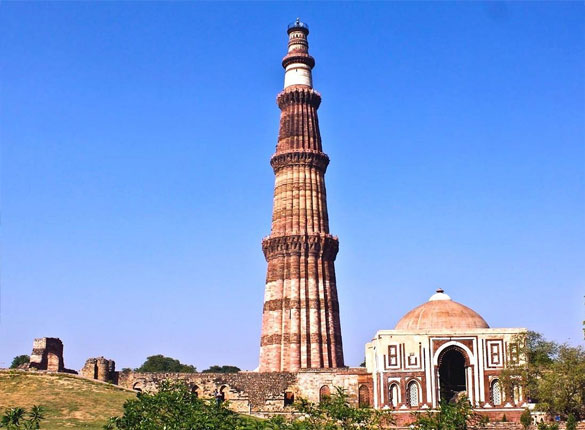
Qutub Minar
Qutub Minar, an iconic UNESCO World Heritage site in Delhi, India, stands as a testament to medieval Islamic architecture. Built in the 12th century by Qutb-ud-din Aibak, this 73-meter tall minaret boasts intricate carvings and inscriptions. Visitors can marvel at the towering red sandstone structure, surrounded by lush gardens and historic ruins. Nearby, explore the Iron Pillar, known for its rust-resistant composition, and the Alai Darwaza gate, a stunning example of Indo-Islamic art. A visit to Qutub Minar offers a captivating journey through India's rich history, making it a must-see for travelers and history enthusiasts alike.
Red Fort (Lal Qila)
Discover the grandeur of the Red Fort (Lal Qila) in Delhi, India, a UNESCO World Heritage Site and a symbol of India's rich history. Built by Mughal Emperor Shah Jahan in 1638, this stunning red sandstone fortress served as the main residence of the Mughal emperors for nearly 200 years. Marvel at its intricate architecture, beautiful gardens, and historic museums. Don't miss the Light and Sound Show, which narrates the fort's storied past. The Red Fort stands as a testament to India's architectural brilliance and historical significance, making it a must-visit destination for travelers.
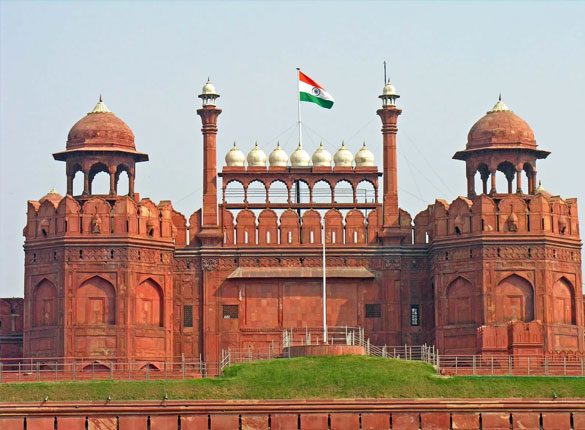
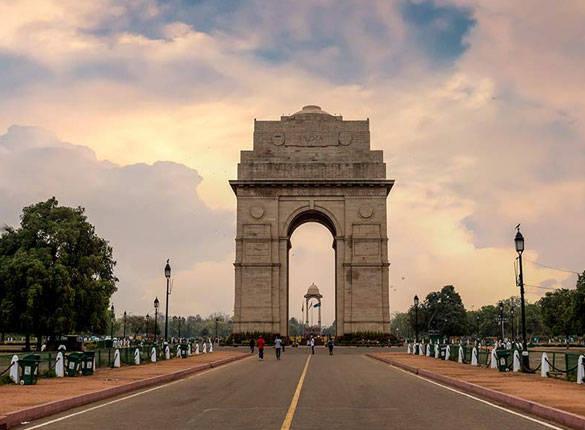
India Gate
India Gate, a majestic war memorial located in the heart of New Delhi, stands as a tribute to the brave soldiers who sacrificed their lives during World War I. Designed by Sir Edwin Lutyens, this 42-meter-high archway is surrounded by lush green lawns, making it a popular spot for picnics and evening strolls. The Amar Jawan Jyoti, a flame burning under the arch, honors the Unknown Soldier. Visitors can enjoy the serene atmosphere, historical significance, and stunning night illumination. Don't miss the nearby National War Memorial for a comprehensive historical experience. India Gate is a must-visit for anyone exploring Delhi.
Humayun's Tomb
Explore the grandeur of Humayun's Tomb, a UNESCO World Heritage site in Delhi, India. Built in 1570, this magnificent mausoleum is the resting place of Mughal Emperor Humayun and a prime example of Persian-inspired Mughal architecture. Marvel at the intricate latticework, stunning gardens, and serene water channels that create a peaceful ambiance. The tomb's red sandstone and white marble facade glows beautifully at sunset, offering a perfect backdrop for photography. Easily accessible from central Delhi, Humayun's Tomb is a must-visit for history enthusiasts, architecture lovers, and those seeking a tranquil escape within the bustling city.

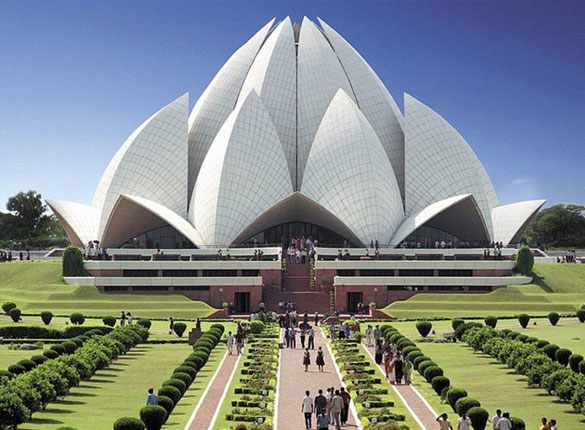
Lotus Temple
The Lotus Temple, located in New Delhi, India, is an architectural marvel and a serene place of worship. Shaped like a blooming lotus flower, this Bahá'í House of Worship welcomes people of all faiths. Completed in 1986, the temple is composed of 27 free-standing marble-clad petals, creating a stunning visual effect. The surrounding lush gardens and reflective pools add to its tranquil atmosphere. Inside, the temple is free of idols, religious symbols, and ritualistic practices, offering a space for meditation and reflection. Visitors can experience the peace and unity the temple represents, making it a must-visit destination in Delhi.
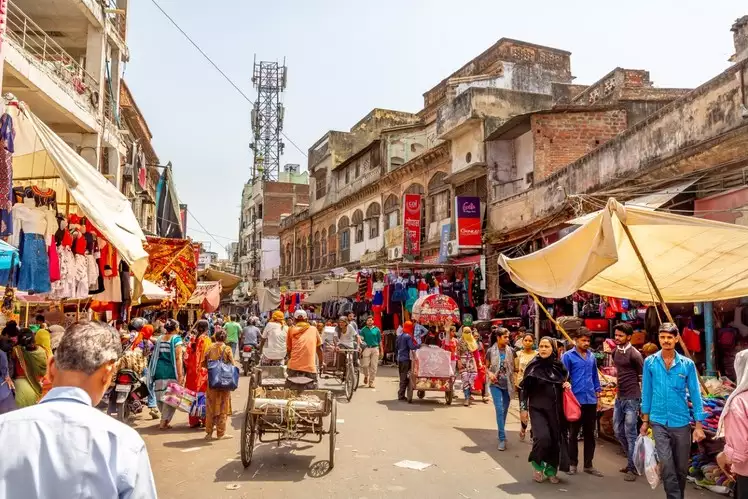
Old Delhi
Old Delhi, originally known as Shahjahanabad, was founded by Emperor Shah Jahan in 1639 as the capital of the Mughal Empire. It served as the seat of Mughal power for over 200 years and remains a hub of cultural and historical significance in India. The area is famous for its bustling markets, such as Chandni Chowk, and iconic landmarks like the Red Fort, Jama Masjid (one of India's largest mosques), and the bustling lanes that preserve centuries-old traditions and architecture, making it a vibrant blend of history and modernity.
Agra - Taj Mahal
The Tajmahal remains closed on Friday
The Taj Mahal, located in Agra, India, is a stunning masterpiece of Mughal architecture and a UNESCO World Heritage site and one of the Seven Wonders of the World.. Renowned for its breathtaking white marble dome and intricate inlay work, this iconic monument was built by Emperor Shah Jahan in memory of his beloved wife, Mumtaz Mahal. Visitors are captivated by its serene beauty, lush gardens, and reflecting pools. A visit to the Taj Mahal promises an unforgettable experience, offering a glimpse into India's rich history and artistic grandeur. Agra is renowned for its exquisite marble and handicrafts, reflecting the city's rich Mughal heritage. Artisans in Agra create intricate marble inlay work, famously seen in the Taj Mahal. You can buy local handicraft items, detailed marble sculptures, jewelry, and decorative items, showcasing traditional craftsmanship and artistic skill passed down through generations.
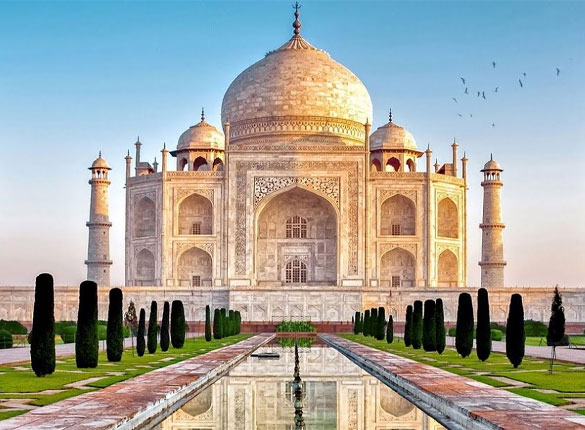
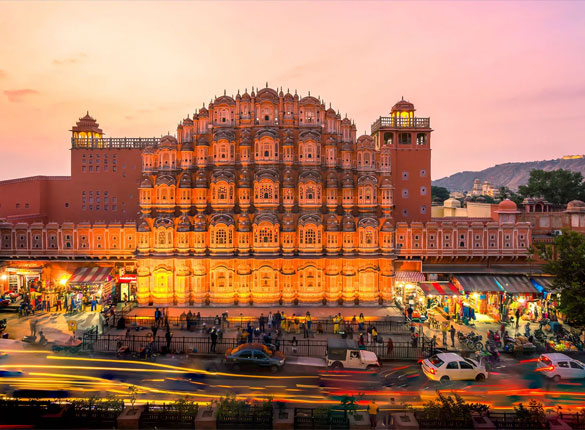
Jaipur
Explore the vibrant city of Jaipur, known as the "Pink City" of India, renowned for its rich history, majestic forts, and vibrant culture. Visit the iconic Amber Fort, a UNESCO World Heritage site, known for its stunning architecture and scenic surroundings. Discover the Hawa Mahal, or Palace of Winds, famous for its intricate latticework windows. Dive into Jaipur's bustling bazaars and big factories offering traditional handicrafts, jewelry, Carpet, Block Printing. Don't miss the City Palace, a royal residence showcasing Rajput and Mughal architecture. Experience the city's culinary delights and colorful festivals for an unforgettable cultural immersion in Jaipur.
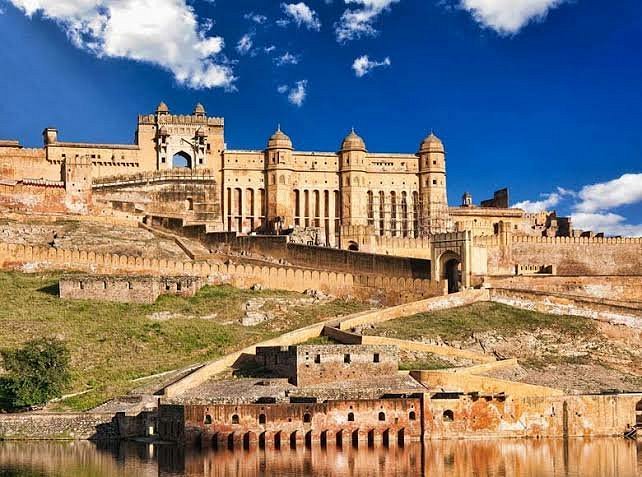
amber palace
Amber Palace, also known as Amer Fort, was built in the late 16th century by Raja Man Singh I. It blends Rajput and Mughal architectural styles and overlooks Maota Lake. Originally serving as the residence of Rajput rulers, it later became a key cultural and tourist attraction near Jaipur, showcasing intricate craftsmanship and strategic hilltop positioning.
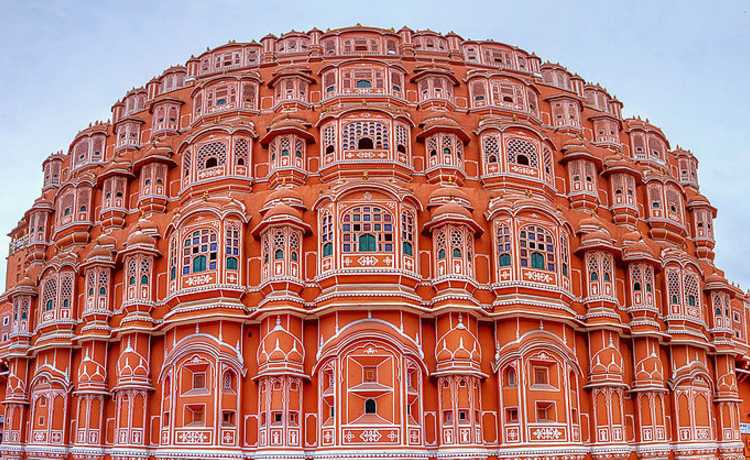
hawa mahal
Hawa Mahal, or the "Palace of Winds," was built in 1799 by Maharaja Sawai Pratap Singh. Its distinctive five-story facade with over 900 small windows (jharokhas) was designed to allow royal women to observe street festivities while maintaining their privacy. This iconic structure in Jaipur, Rajasthan, symbolizes the city's rich architectural heritage and continues to attract visitors with its unique blend of Rajput and Mughal styles.
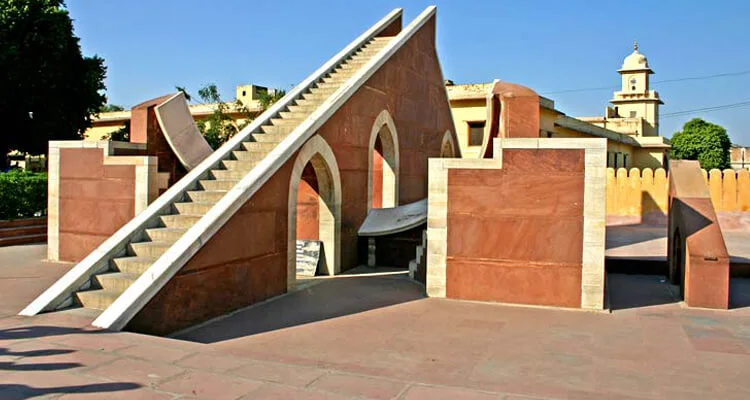
jantar mantar
Jantar Mantar in Jaipur, constructed in the early 18th century by Maharaja Sawai Jai Singh II, is an astronomical observatory. It features large-scale instruments designed for precise measurements of time, space, and celestial bodies. This UNESCO World Heritage site exemplifies the scientific prowess and astronomical interests of ancient India, attracting tourists and scholars alike to marvel at its architectural ingenuity and historical significance.
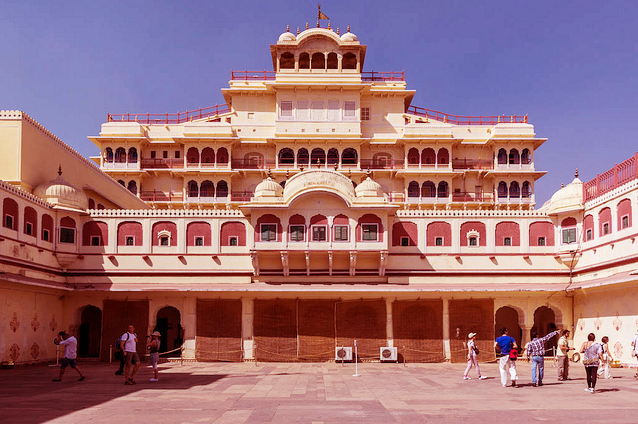
city palace
City Palace in Jaipur, built in the early 18th century by Maharaja Sawai Jai Singh II, is a magnificent complex of palaces, courtyards, and gardens. It served as the seat of the Maharaja of Jaipur and houses the Chandra Mahal and Mubarak Mahal palaces. The palace showcases a fusion of Rajput, Mughal, and European architectural styles, reflecting Jaipur's royal heritage and cultural richness. Today, it stands as a major tourist attraction, offering insights into Rajasthan's regal past and architectural grandeur.
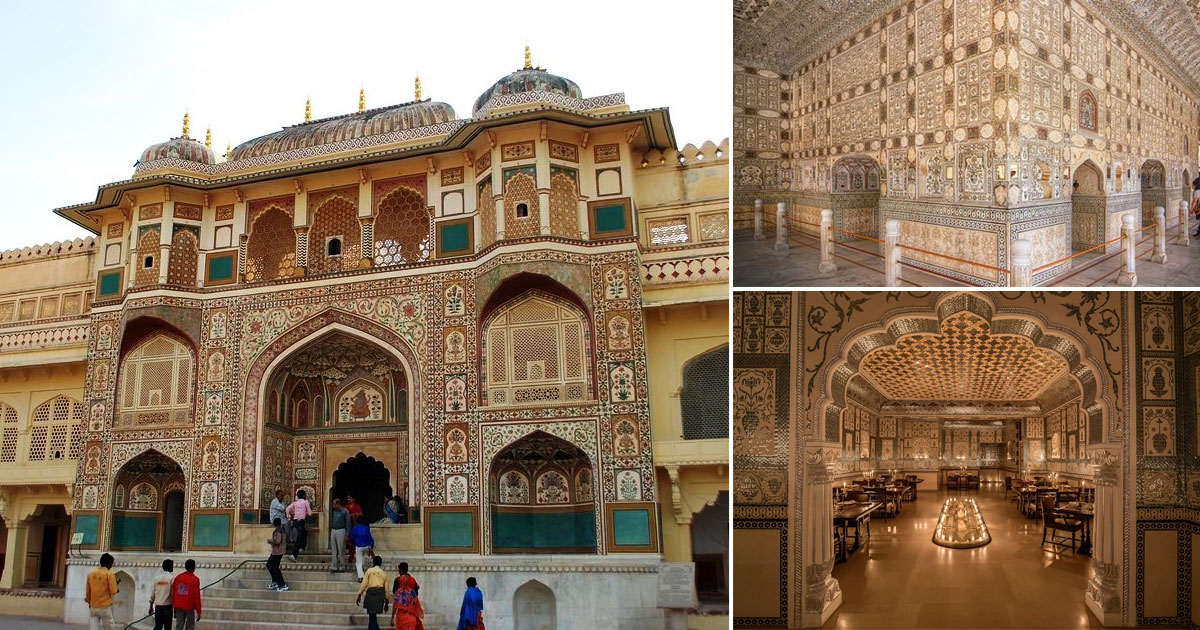
sheesh mahal
Sheesh Mahal, also known as the Mirror Palace, is a dazzling chamber within Amber Palace, Jaipur. Constructed in the 16th century, it features intricately designed walls and ceilings adorned with thousands of tiny mirrors and colored glass pieces. This exquisite craftsmanship was intended to reflect candlelight and create a starry effect, showcasing the opulence and artistic finesse of the Rajput era. Today, Sheesh Mahal remains a testament to Rajasthan's architectural brilliance and is a highlight for visitors exploring Amber Palace.
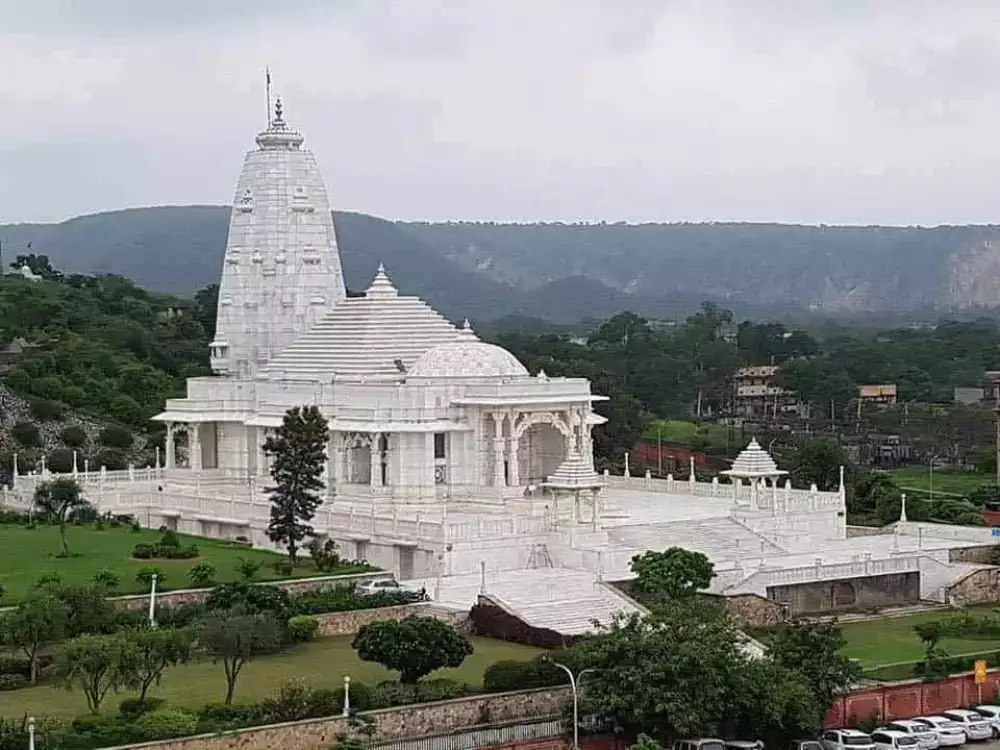
birla mandir
Birla Mandir, also known as the Laxmi Narayan Temple, is a modern Hindu temple located in Jaipur, Rajasthan. Built by the Birla family in 1988, it is dedicated to Lord Vishnu (Narayan) and Goddess Laxmi. The temple is renowned for its white marble architecture, intricate carvings, and serene atmosphere, attracting devotees and tourists alike. It stands as a symbol of religious devotion and architectural splendor in Jaipur's landscape, offering a tranquil retreat amidst the bustling city.
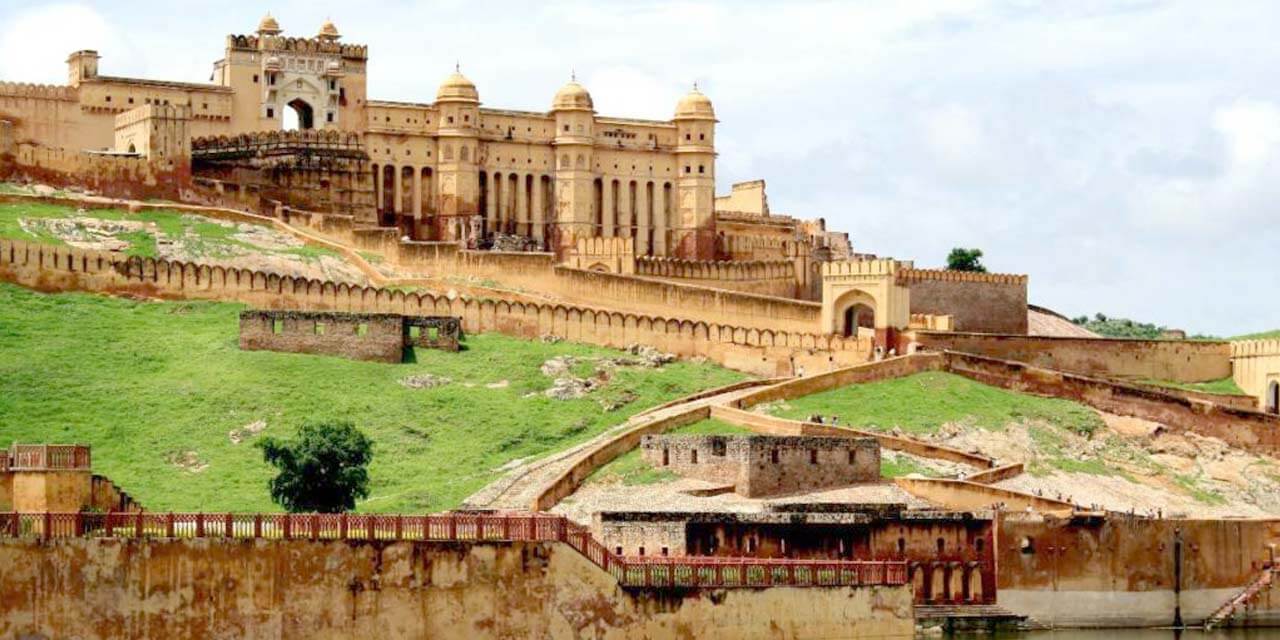
Jaigarh Fort
Jaigarh Fort, built in the early 18th century by Maharaja Sawai Jai Singh II, is located near Jaipur, Rajasthan. It was constructed to protect Amber Fort and the surrounding areas. Known for its impressive architecture and strategic location on the Aravalli hills, Jaigarh Fort houses the world's largest cannon on wheels, Jaivana, which remains a marvel of ancient engineering. This fort played a crucial role in safeguarding the kingdom and continues to be a prominent historical attraction, offering panoramic views and insights into Rajasthan's martial heritage.
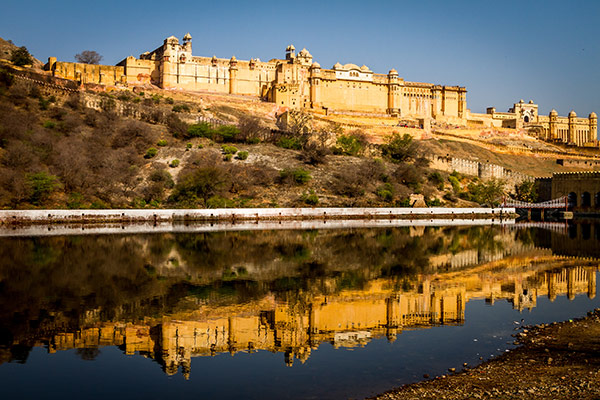
Nahargarh Fort
Nahargarh Fort, built in 1734 by Maharaja Sawai Jai Singh II, overlooks Jaipur city and the rugged Aravalli hills. Originally designed as a retreat palace, it later served as a defense fortification. Named after Nahar Singh Bhomia, a prince whose spirit was believed to haunt the area during its construction, the fort offers stunning views of the Jaipur skyline. Today, Nahargarh Fort is a popular tourist destination, celebrated for its architectural charm, historical significance, and scenic vistas.
